table of contents:
A rip-stop slit is a finishing touch used to reinforce a discreet opening on a garment. It is most commonly found at the bottom of a sleeve or cuff. It is made with a bias tape that prevents fraying and ensures a clean, durable finish. This detailed guide will show you how to do it step by step.
How to prepare the slot?
- Trace the location of the slot
Mark the future slit on the fabric by drawing a vertical line and cutting on it.
Set the height of the slit according to the garment model.
- Iron the bias tape
You will iron your strip to create a bias then iron it again in two.

How to sew the bias tape onto the slit?
- Position the bias correctly
Sandwich the sides of your slit in the bias tape. When you reach the tip of the slit, position the bias tape 1 or 2 mm from the edge so as not to create small folds.

- Sew the bias
In one go, sew the bias tape 1mm from the edge of it.

How to form and finalize the tear-proof slot?
- Old slot tip
Fold the bias tape inside out, aligning the edges well.
Flatten with the iron to mark the fold and sew diagonally the small corner to secure the slit.

- Finalize the slot
Carefully iron the slit to shape the bias.
Check that the slit is even and that the bias covers the edges properly.

The rip-stop slit is an essential technique for reinforcing an opening on a garment while providing a neat and durable finish. By adding bias tape and precise stitching, you achieve a strong slit that resists wear and tear and fabric stress. This method is ideal for shirt cuffs that require a neat opening.
A shirt cuff is often made in one or two rectangular pieces. This guide outlines the essential steps for creating a neat and durable shirt cuff, with finishes tailored to the style of the garment.
How to prepare the pieces for the sleeve cuff?
- Prepare the bottom of the sleeve
The bottom of the sleeve must have a tear -proof slit and two flat pleats.
- Strengthen the wrist
Iron-on the back of the cuff.
Form a fill corresponding to the seam allowance, wrong sides together.
How to assemble and fix the wrist?
- Assemble the wrist
Fold the cuff right sides together and join the small widths with a 2.5 length straight stitch and a backstitch.
Start sewing 1 cm from the edge , corresponding to the value of the seam allowance.
Cut the threads, turn the cuff right side out, form the right angles and iron carefully.


- Position the wrist on the sleeve
Pin the unfolded edge of the cuff right sides together with the bottom of the sleeve.
Position the ends of the cuff against the slit and adjust the pleats of the sleeve.
The front part of the slot responds to itself for a clean old cross.


- Assemble the cuff to the sleeve
Sew the end of the cuff to the bottom of the sleeve.
Check that the folds, slit edges and seam are aligned.
Use a 2.5mm straight stitch and backstitch.
Cut the threads and iron.


How to finalize the wrist finishes?
- Fix the preformed edge of the wrist
Turn the sleeve inside out and press the seam allowance towards the cuff.
Shape the cuff well, then its preformed edge to cover the assembly seam.
- Make a topstitch
For a more aesthetic result and to completely close your wrist, topstitch 2 mm from the edge .
Use an elongated straight stitch.


How to add buttons and finish the cuff?
- Attach buttonholes and buttons
Mark the location of your button and buttonhole using chalk or an erasable pen.
Embroider the buttonhole(s), then attach the buttons.


Iron the cuff to ensure a clean finish.

Repeat the steps for the other sleeve.
Conclusion
Making a sleeve cuff requires precision and attention to detail. With this guide, you'll learn how to sew a strong, elegant cuff with a professional finish. Whether you opt for topstitching or subtle seams, these steps ensure a neat and durable finish.

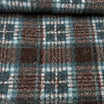


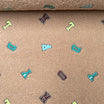
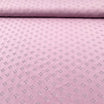






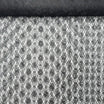
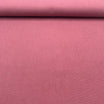


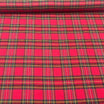


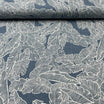

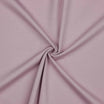
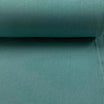

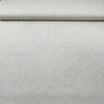


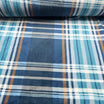
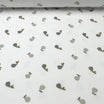
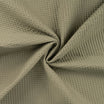


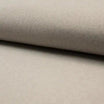




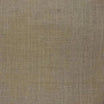
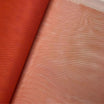
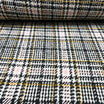
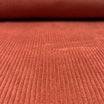
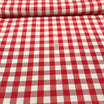

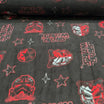
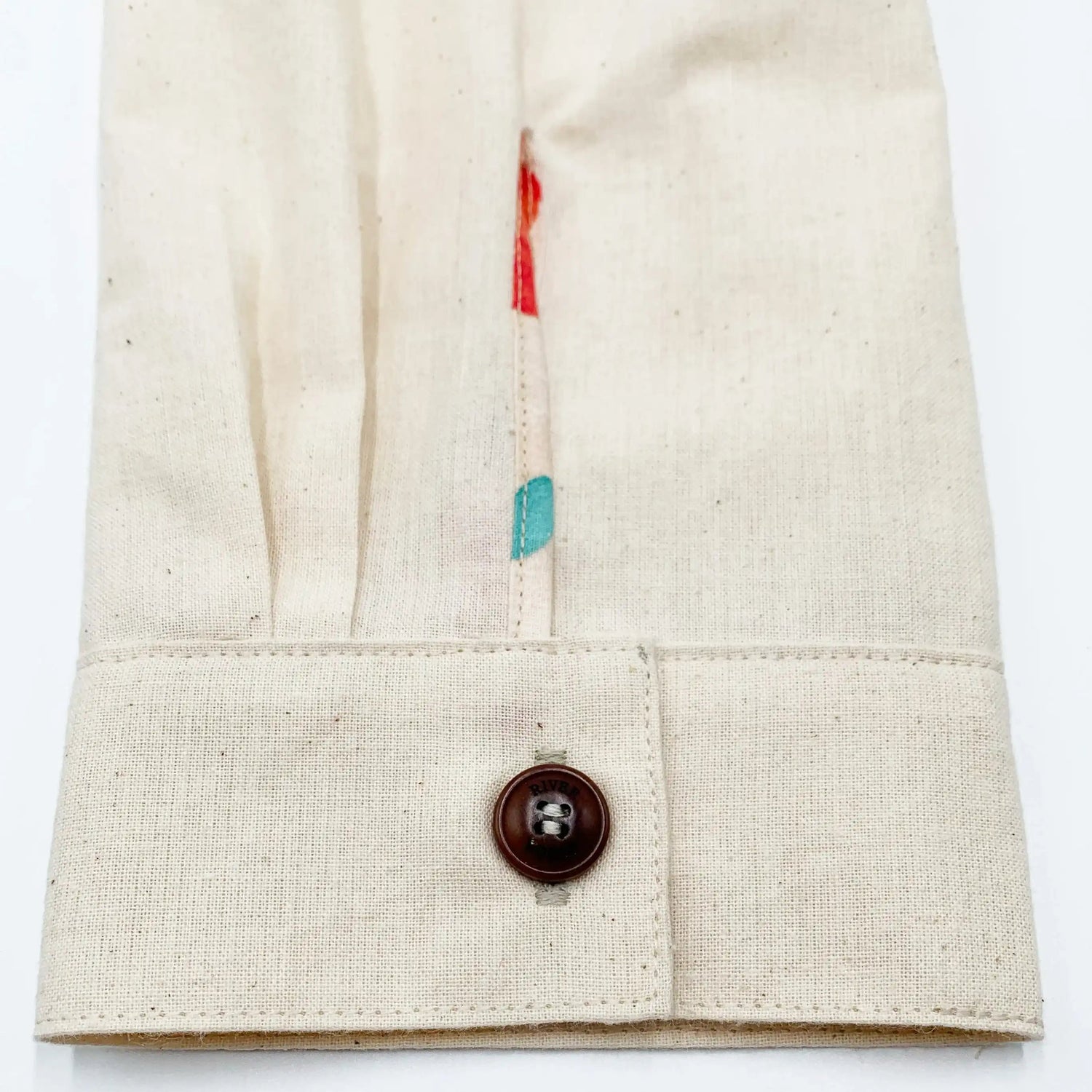
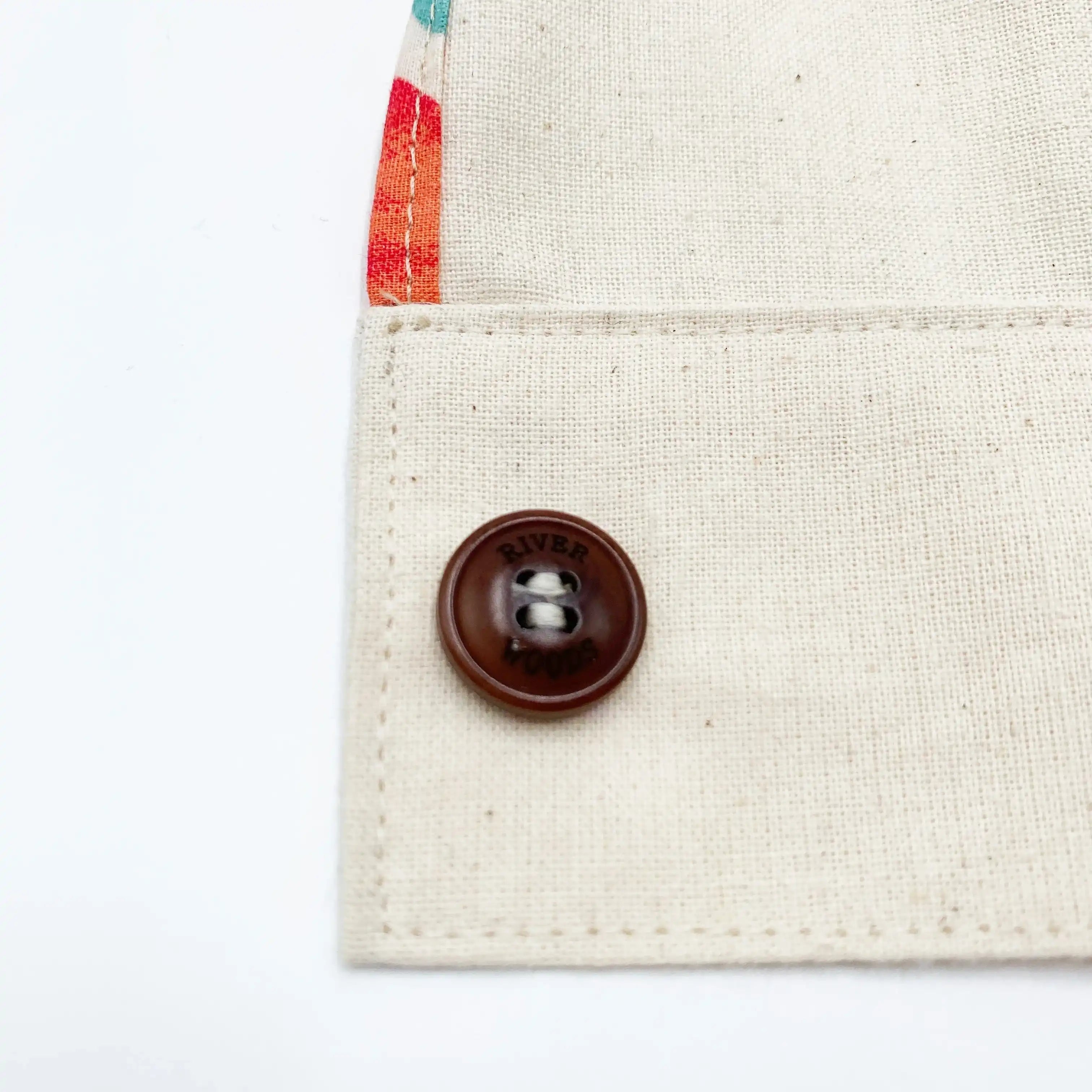
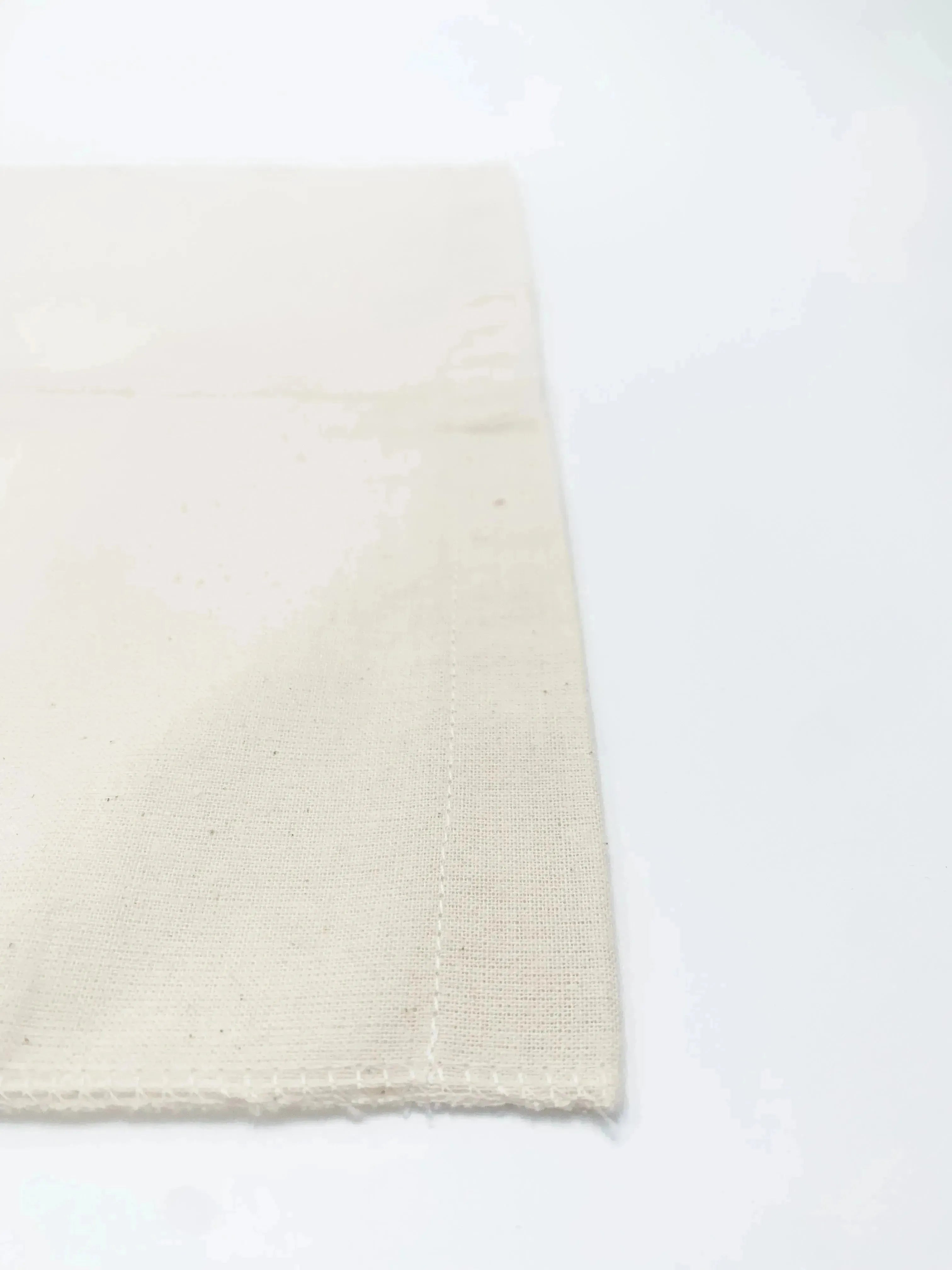
Leave a comment
This site is protected by hCaptcha and the hCaptcha Privacy Policy and Terms of Service apply.